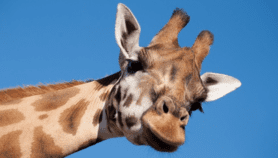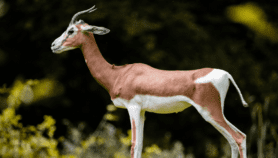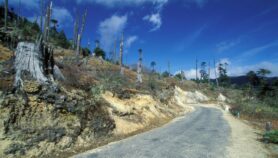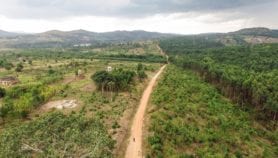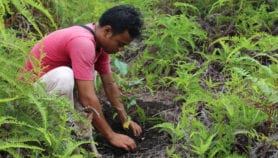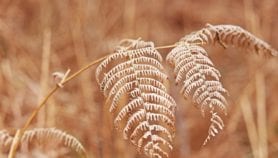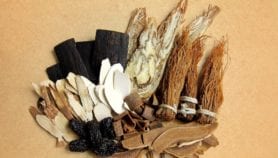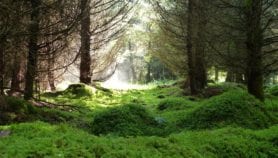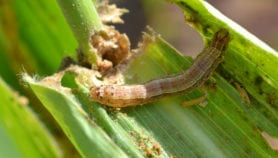By: Mike Shanahan
Send to a friend
The details you provide on this page will not be used to send unsolicited email, and will not be sold to a 3rd party. See privacy policy.
Brazilian researchers have discovered a naturally decaffeinated variety of coffee plant. It lacks a key enzyme that is central to caffeine synthesis, and produces only six per cent of the caffeine levels found in commercially grown coffee.
The discovery could create a new market for naturally-decaffeinated coffee, since the industrial processes currently used for decaffeination causes it to lose important flavour components.
In contrast, naturally-decaffeinated crops would “have the full taste of a regular coffee,” says lead researcher Paulo Mazzafera, who adds that the main beneficiaries of the discovery will be coffee farmers, as they will be able to profit from an increasing global demand for decaffeinated coffee.
Furthermore, as the Ethiopian plants are of the coffee species that is most widely grown and consumed in the world (Coffea arabica), the discovery raises the possibility of transferring this trait to varieties of coffee currently produced commercially by conventional breeding.
Previous attempts to modify coffee by transferring genes from other coffee species have been unsuccessful. And the researchers say that if the caffeine-free plants had belonged to another coffee species, breeding a hybrid with Coffea arabica would take more than 30 years.
Living organisms cannot be patented in Brazil, Mazzafera told SciDev.Net. But cultivars — cultivated varieties — can be protected under the International Convention for the Protection of New Plant Varieties.
“It means that no-one else can commercialise the material,” says Mazzafera. “If crops are developed, we will distribute them to Brazilian farmers in the same way as we already do with the commercial varieties.”
The discovery was made during the routine analysis of seeds from Ethiopian plants. This, says Mazzafera, highlights the importance of maintaining and studying seed banks and ‘germplasm’ collections of living plant varieties.
“Imagine you have a new disease attacking a crop,” he says. “Good collections of botanical material make it possible to identify resistant traits in other plants and transfer them to commercial varieties.”
Reference: Nature 429, 826 (2004)


